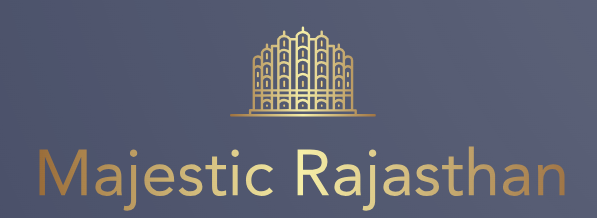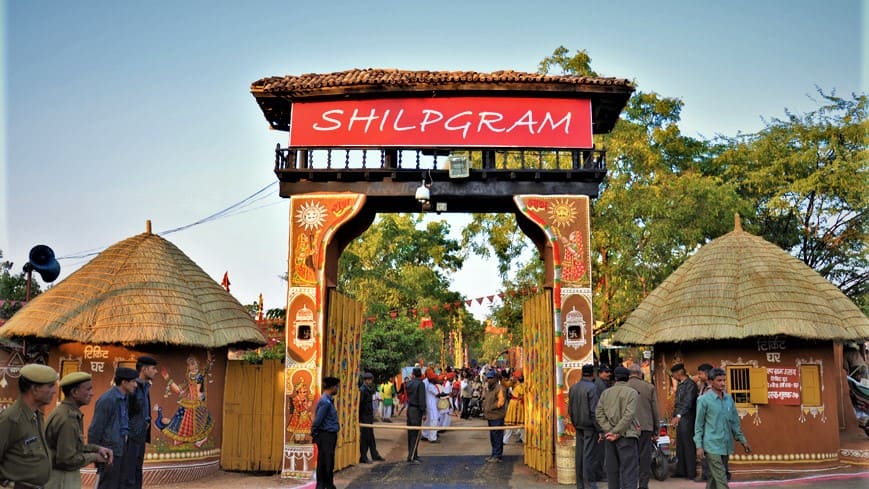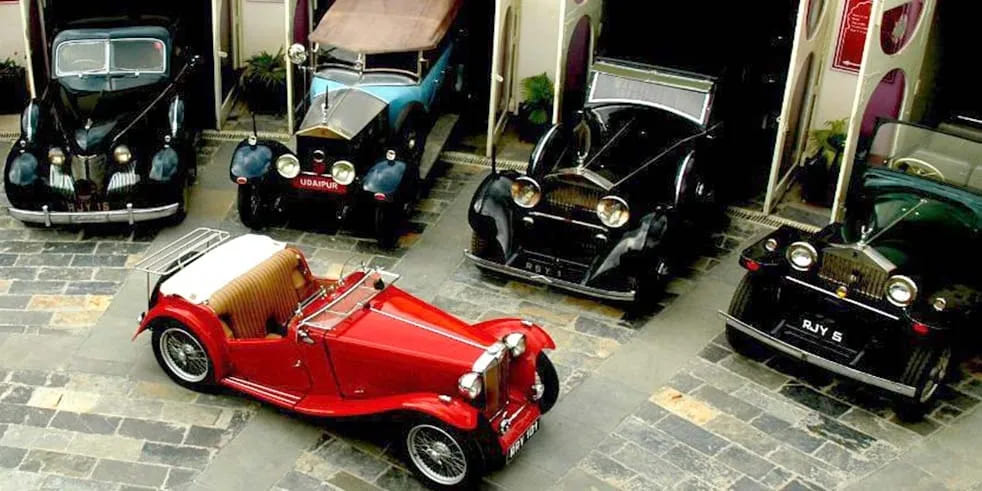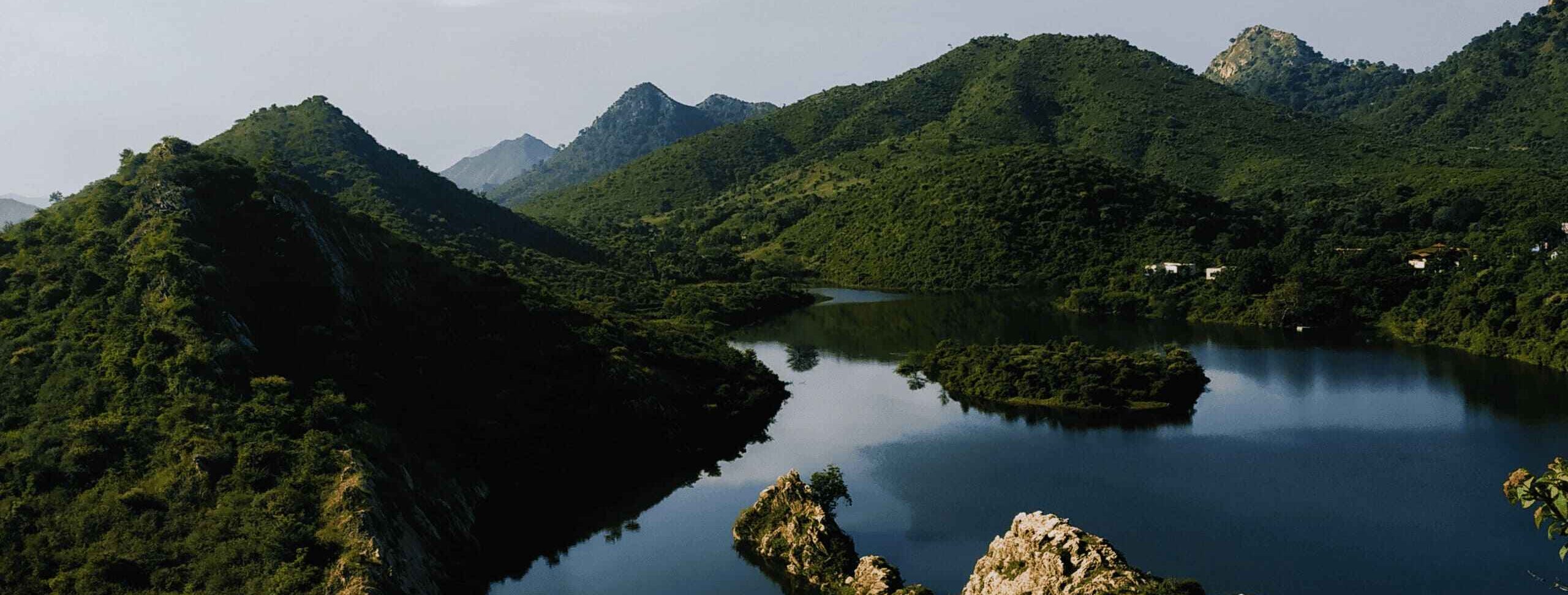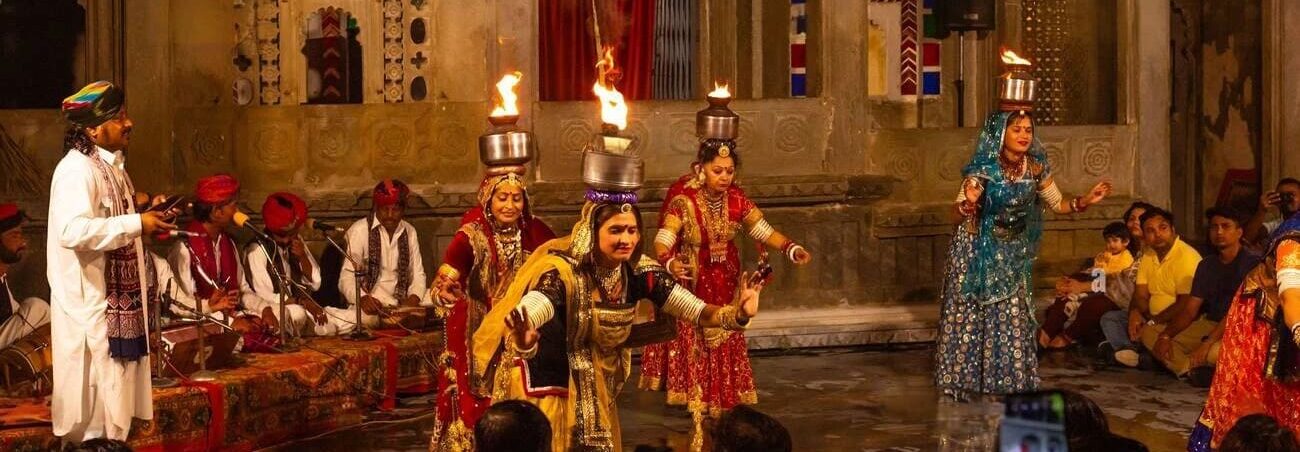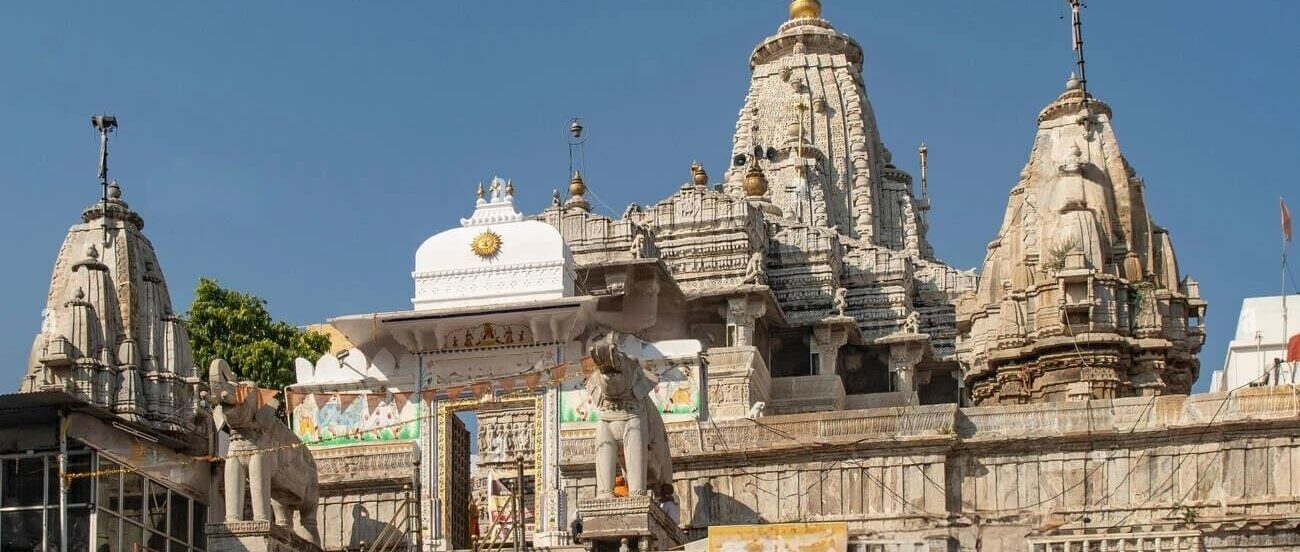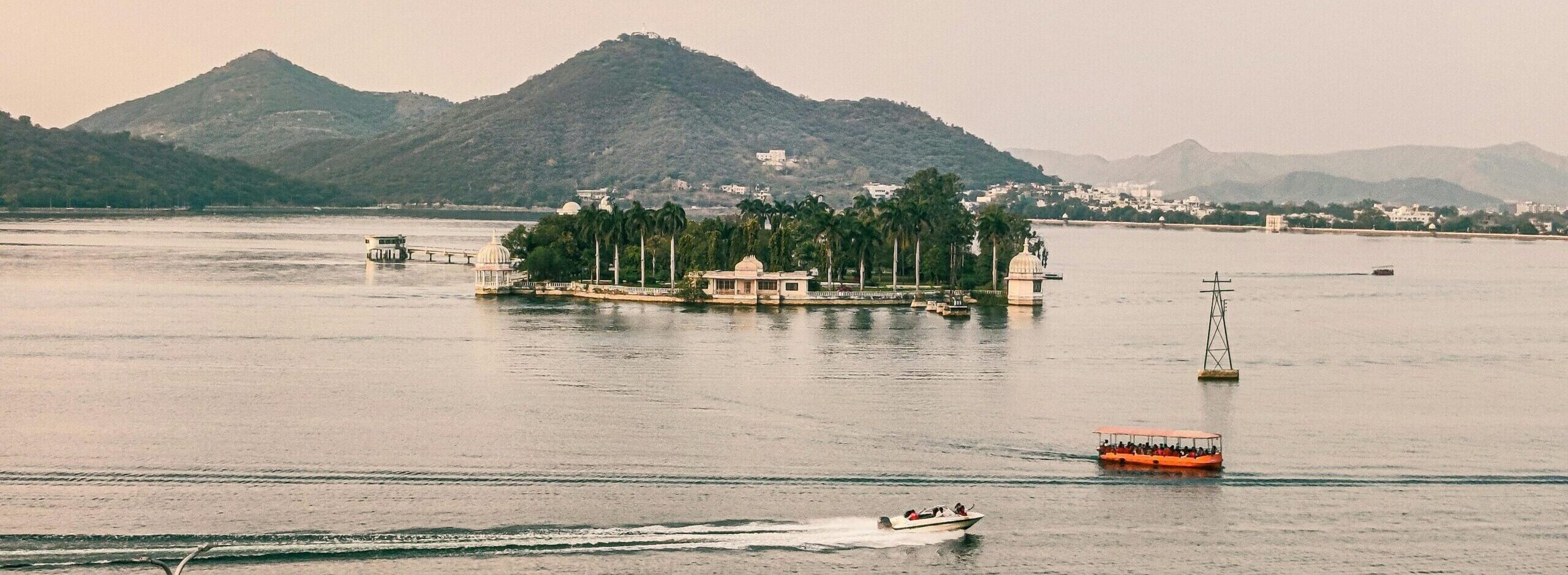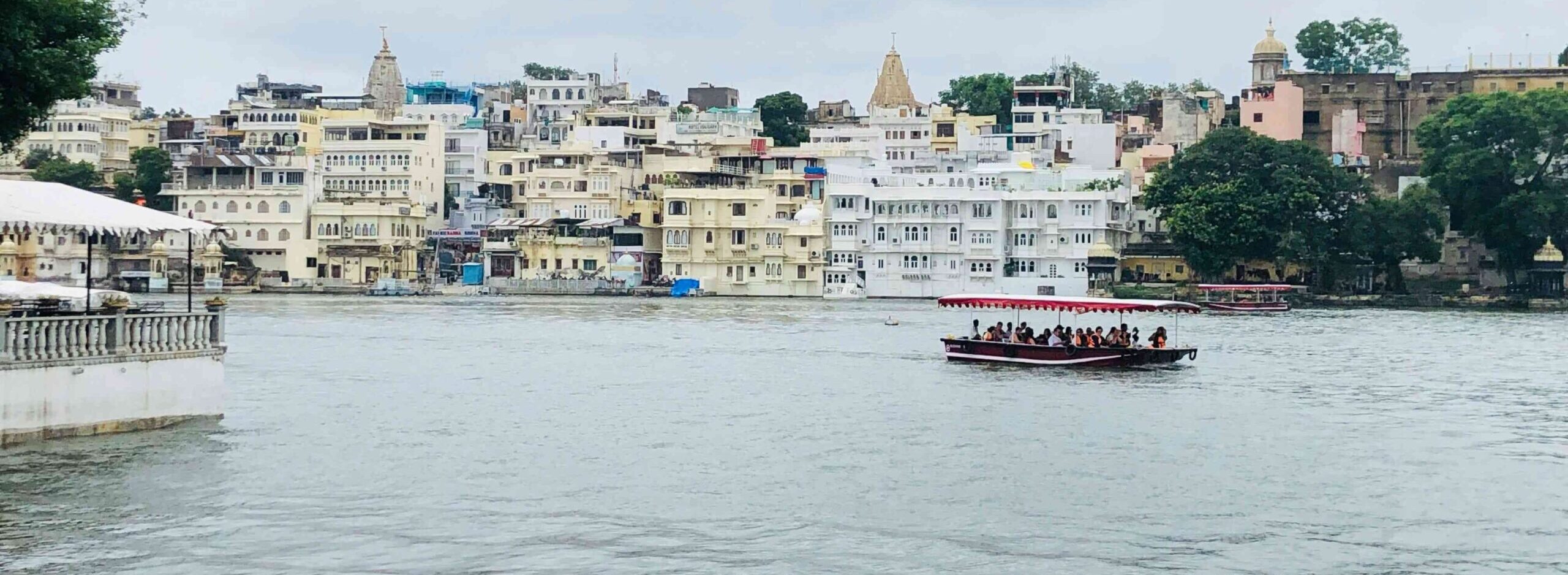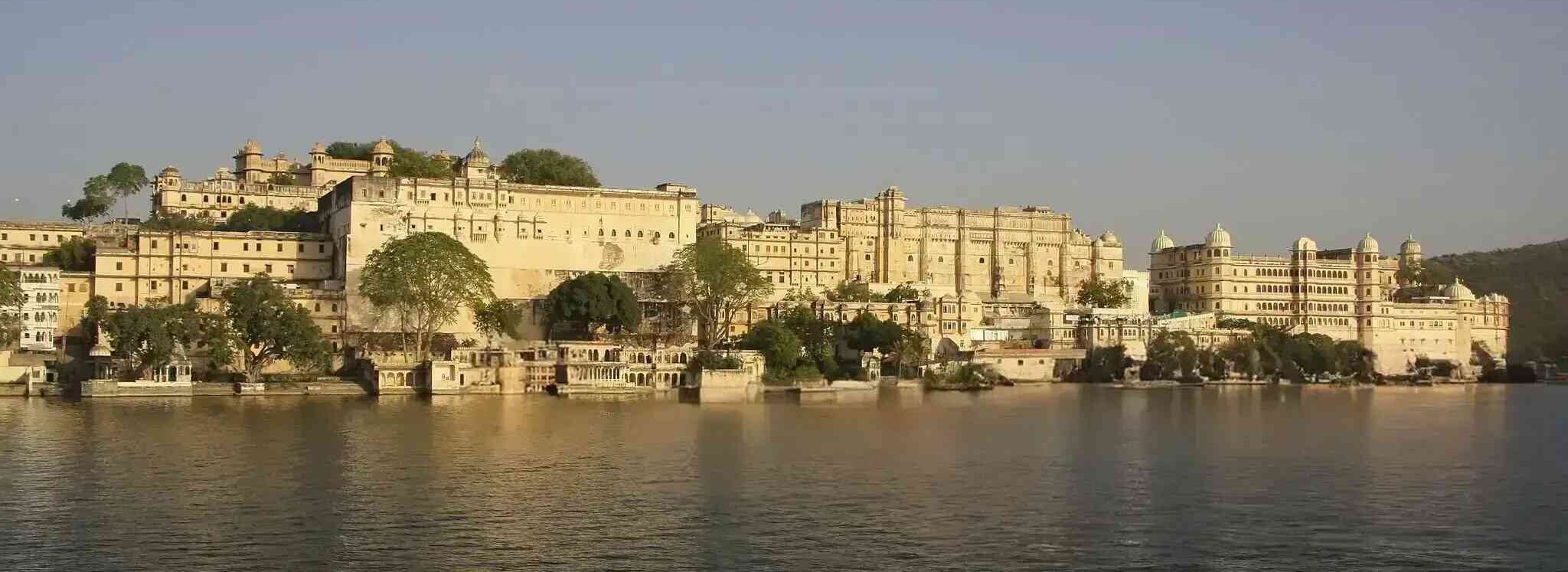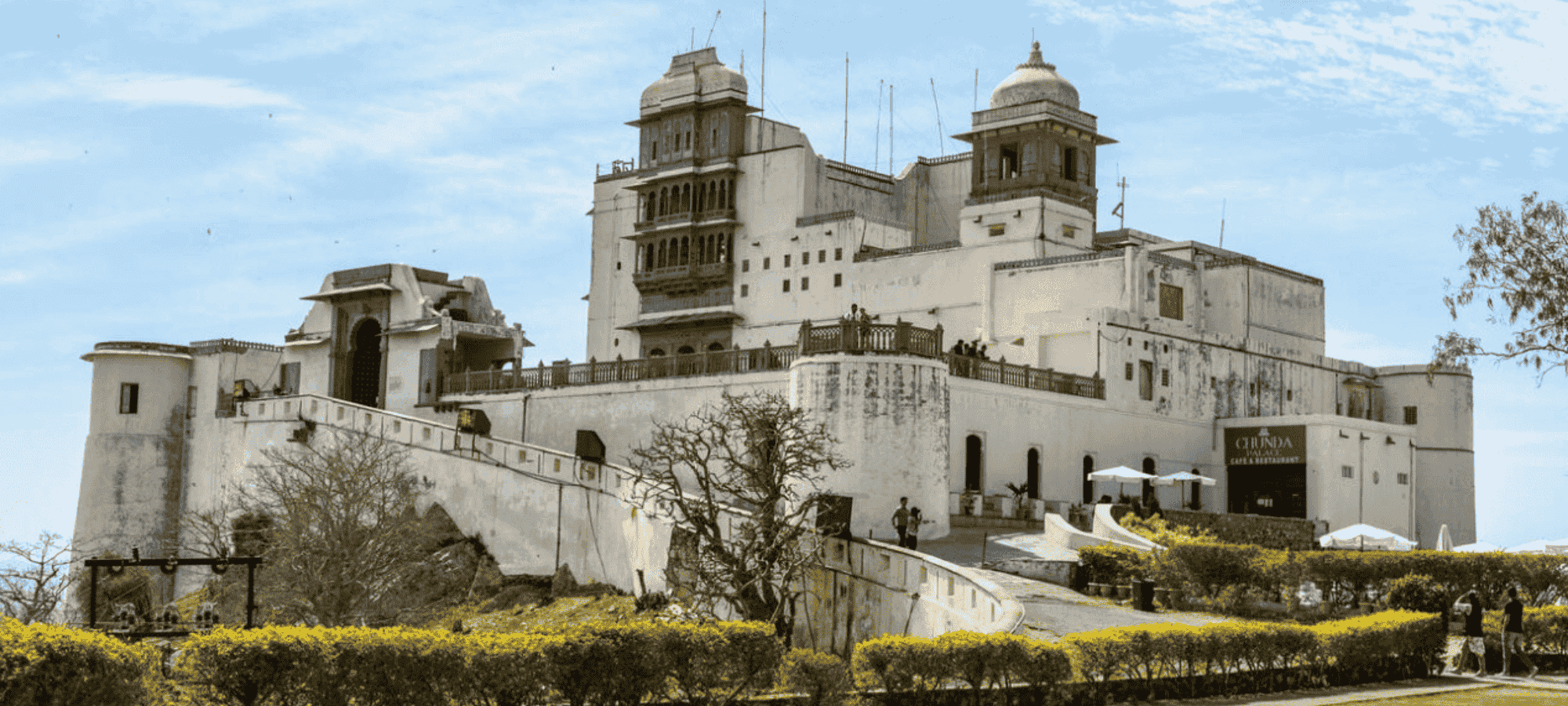Shilgram Udaipur – Timings, Ticket Price & Location
Shilpgram Udaipur is among the most colorful cultural sites in Rajasthan that give tourists an opportunity to experience the rich heritage, traditional crafts, and folk art of rural India. Spread over 70 acres on a scenic site close to Udaipur, Shilpgram is a living museum where artisans, craftsmen, and performers from all over the country gather to showcase their talents. This cultural village is a perfect mixture of art, culture, and tradition that makes it a must-see tourist spot for travelers looking forward to experiencing the in-depth heritage of Rajasthan. Shilpgram Udaipur History Rajiv Gandhi, the prime minister of India at that time, opened Shilpgram, or “village of craftsmen,” in 1989. The West Zone Cultural Centre (WZCC) launched the project to promote and conserve the traditional crafts and lifestyle of rural and tribal communities from Rajasthan, Gujarat, Maharashtra, and Goa. The prime intention of Shilpgram Udaipur is to create a venue for rural artisans to showcase and sell their handicrafts directly to the tourists, ensuring that they get the fair value of their work. They also organize workshops, art exhibitions, and live performances in this significant cultural center, thereby preserving ancient traditions for future generations. This special program not only helps maintain India’s rural heritage but also teaches urban tourists about the diversity and richness of the nation’s folk culture. Architecture of Shilpgram Udaipur Shilpgram’s architecture reflects the rural lifestyle and building forms of western India. The village has 26 huts, each representing the traditional style of architecture in Rajasthan, Gujarat, Maharashtra, and Goa. The huts are constructed with available local materials such as mud, clay, bamboo, wood, and thatch, giving the tourists a true reflection of rural building. The design is in a circular pattern, with walkways to various sections for handicrafts, textiles, pottery, and performing arts. While strolling through Shilpgram, one can observe artisans working on the pottery wheels, weavers crafting vibrant fabrics, and artists creating intricate miniature paintings. The open-air theatre at Shilpgram is another attraction, where folk dances and music shows truly bring the site alive. Activities to Do in Shilpgram Udaipur A visit to Shilpgram Udaipur offers a wide range of experiences for all age groups. Some of the top things to do here include Shilpgram Udaipur Festival One of the major draws here is the Shilpgram Festival, which takes place every year in December. This 10-day festival is a great celebration of art, culture, and heritage, attracting artisans, performers, and tourists from all over the world. The whole village comes to life with cultural shows, folk dances, music concerts, craft bazaars, and traditional food stalls during the festival. The festival does not promote only art forms from the villages, but it also provides a rare opportunity for visitors to interact with artists and learn about their craft. If you are traveling to Udaipur, visiting during the Shilpgram Udaipur Festival is a great way to see India’s cultural heritage and art in one location. Shilpgram Udaipur Timings The Shilpgram Udaipur timings are from 11:00 A.M. to 7:00 P.M. Shilpgram Udaipur Ticket Price The Shilpgram Udaipur ticket price is 60 rs for Indians, 40 rs for children aged 5-12, and 150 rs for foreigners. Best Time to Visit The best time to visit Shilpgram is during the winter months, from between November and February, when the weather is nice for walking around the open-air village. December becomes special due to the Shilpgram Festival, providing a cultural experience like no other. An evening visit is the best way to experience both shopping and the lively folk performances amidst the starry night sky. Shilpgram Udaipur Location Shilpgram is just 3 km from Fateh Sagar Lake and about 6 km from Udaipur City Palace, making it easily accessible from anywhere in the city. If you’re staying near Fateh Sagar Lake, visitors can even cycle or walk to Shilpgram, enjoying the scenic views on the way. And if you are living in other parts of the city, you can come by private vehicle or public transport, such as Ola, Uber, auto rickshaw, or e-rickshaw. Local buses also connect various parts of the city to the Fateh Sagar area, from where Shilpgram is just a short auto ride away. Final Thoughts Shilpgram Udaipur is not a tourist destination—it’s a living, breathing testament to India’s rural heritage. From its exquisitely made huts and vibrant craft bazaars to the vibrant folk performances and mouthwatering local cuisine, every corner of Shilpgram speaks of tradition, craftsmanship, and culture. Whether you are an art lover, a culture seeker, or just a solo traveler in search of something different, a trip to Shilpgram will leave you with lasting memories and make you realize more about India’s diversity of arts. If you’re planning your next trip to Udaipur, make sure Shilpgram is on your list—especially in December during the famous Shilpgram Festival. Most Popular Question Asked by Traveller What is Shilpgram Udaipur famous for? Shilpgram Udaipur is renowned for its colorful exhibition of rural arts, handicrafts, folk performances, and the annual Shilpgram Festival that highlights Rajasthan‘s cultural heritage. What are the Shilpgram Udaipur timings? Shilpgram Udaipur usually remains open from 11:00 AM to 7:00 PM daily. During the December festival, the timings can be longer for evening performances. What is the Shilpgram Udaipur ticket Price? The Indian adult entry charges are approximately ₹60, children ₹40, and for foreign tourists, it is ₹150. Entry charges may differ during the Shilpgram Festival. What happens during the Shilpgram Udaipur Festival? The festival features craft bazaars, folk music, dance performances, workshops, and traditional Rajasthani food stalls, attracting visitors from all over India.
Shilgram Udaipur – Timings, Ticket Price & Location Read More »
